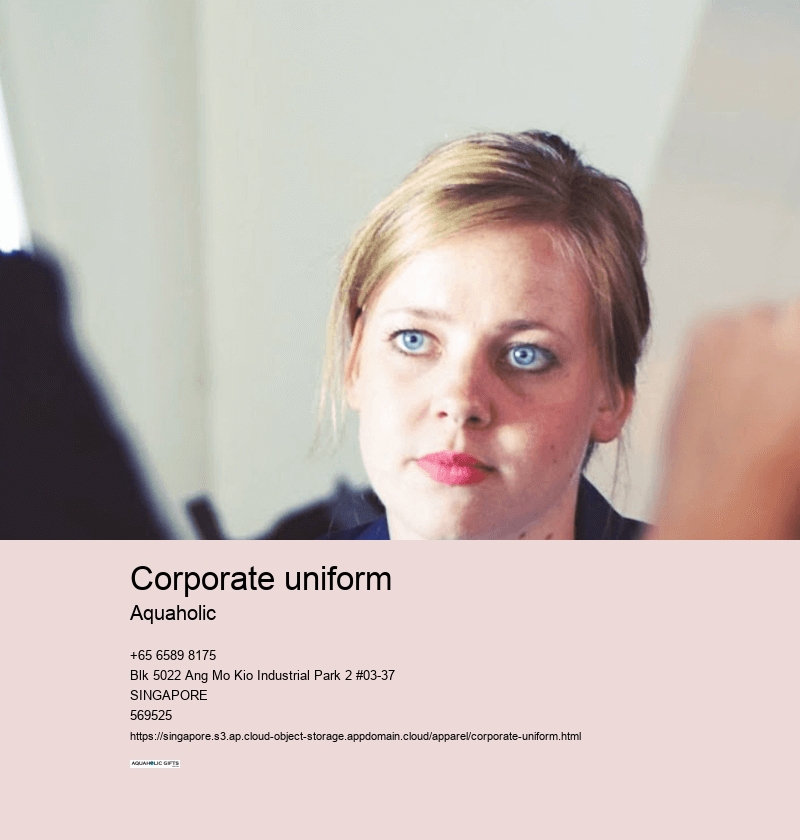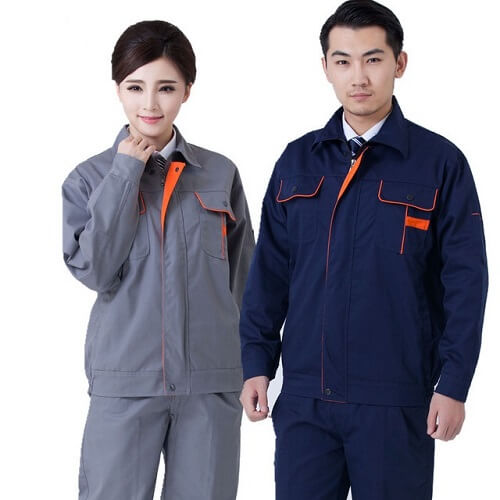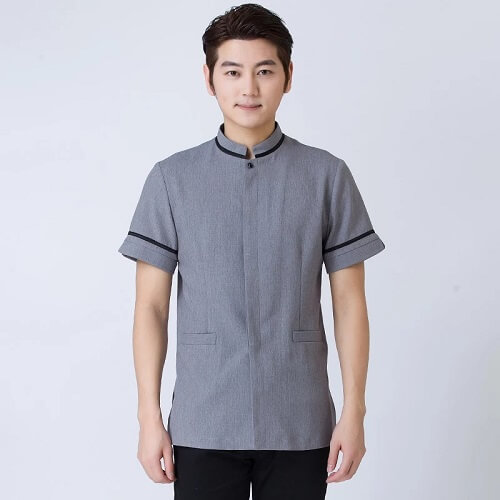corporate uniform
security uniform supplier singapore
They are the undiscovered heroes that offer affordability and toughness. Incorporating feedback from wearers assures that the finished product will meet design and comfort expectations. Knowing the demands of physical work an occupation is vital to consistent design.
Making the right choice is vital. Maintenance is the most important aspect.
The cut and fit is not only about fashion but are crucial for the wearer's general comfort and work experience. New ideas and creative approaches can help discover uncharted territories of brand visibility and recognition.
Let's look at the complexities of selecting the appropriate fabric that will work with a variety of workplace environments and the weather conditions. Its inherent insulating properties make wool a popular choice for colder conditions.




